Trees are a beautiful enhancement to a property, and keeping them healthy should be one of the property owner’s main priorities. Unfortunately, the trees in Ohio can be affected by a number of different afflictions that can cause declines in the tree’s appearance and overall health. Over the summer, the humidity in Columbus often makes the problems of tree pests and diseases worse. Here are some of the common issues that harm trees in Ohio and what can be done to remedy the issues.
Needlecast Diseases
These diseases affect the new needles of evergreens, including Douglas firs, pines, and spruces. The needles of the affected trees are infected with thousands of spores that cause the needles to change colors and drop off of the tree as they die. The fungi that cause these diseases can survive on infected trees during the cold months; they then attack anew as the weather warms. A liberal application of fungicides is the typical course of treatment recommended.
Powdery Mildew
Powdery mildew is comprised of millions of tiny fungal spores that appear as a powdery white substance on the surface of leaves. There are many different variations of it, and each variety can attack a range of plants. It can travel on the wind, so it can easily spread to other plant life in the area. Removing the tree and other infected plants is usually the best course of action.
Thousand Cankers Disease
This disease is caused by fungus carried by beetles and creates small “cankers” that disrupt the flow of water and nutrients through the tree. Many species of the walnut family, including black walnut and butternut, are susceptible to infection. Over time, repeated infections resulting in an increasing number of cankers can kill the tree. Management efforts for this disease typically involve prevention methods and chemical controls to limit the transmission of the fungus to new hosts.
Anthracnose Diseases
These diseases infect a variety of deciduous trees in areas where there is excess moisture present, causing small dead spots on leaves, twig death, and spotty defoliation. Common treatment efforts for this group of diseases include removing affected plants and applying fungicides.
Conclusion
Even with the best care, trees can get infected with destructive diseases. In some cases, changes in pruning and the application of specific solutions can solve the tree problems common to Columbus, Ohio and the surrounding area. In more severe cases, tree removal may be necessary to protect the health of other trees in the vicinity. If you suspect your trees are suffering from any of these issues, contact Bluegrass Tree & Lawn today for a consultation so we can help you figure out what your tree needs.



